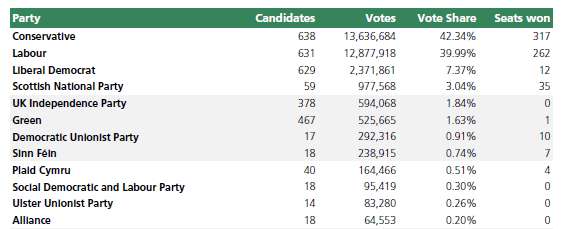1. House of Commons Library - full report and data files researchbriefings.parliament.uk/ResearchBriefi…
palgrave.com/gp/book/978303…
versobooks.com/books/2511-cor…
onlinelibrary.wiley.com/doi/abs/10.111…
academic.oup.com/pa/article/71/…
gov.uk/government/pub…
en.wikipedia.org/wiki/Opinion_p…
labour.org.uk/manifesto/
d25d2506sfb94s.cloudfront.net/cumulus_upload…
1. Robert Ford (@robfordmancs) has an excellent hour-by-hour guide to election night
theguardian.com/politics/2019/…
23:30: early results start to come in
01:00: first reports from the "red wall" of Labour/Leave seats
05:00: most results in, waiting for late-declaring seats
BBC bbc.com/news/election-…
SKY NEWS news.sky.com/story/general-…
GUARDIAN theguardian.com/politics/live/…
@whatukthinks
@robfordmancs
@drjennings
@p_surridge
@philipjcowley
@MiddletonAlia
@GoodwinMJ
@rogerscully
@BESResearch
@DrEuniceGoes
@merylkenny
@CairneyPaul
@ClarkAlistairJ
@PJDunleavy
@UKandEU
@ConUnit_UCL
psa.ac.uk/media/experts-…
French: @mathieugallard
Italian: @you_trend




